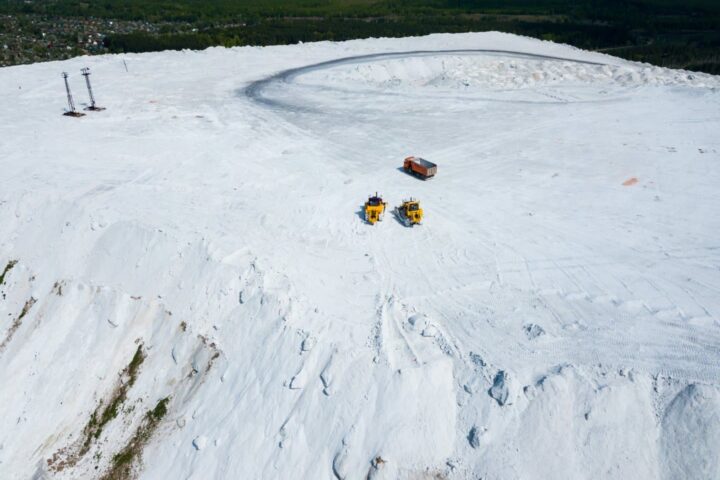A groundbreaking discovery in India’s Kashmir Valley reveals evidence of early human butchery, dating back 300,000 to 400,000 years. Researchers from the Florida Museum of Natural History have unearthed the remains of extinct elephants (Palaeoloxodon) alongside 87 stone tools.
Key Findings
- Earliest evidence of animal butchery in India: Elephant bone flakes suggest early humans extracted marrow.
- Rare elephant fossils: Palaeoloxodon remains, twice the weight of modern African elephants.
- Stone tool analysis: Basalt tools indicate trade or migration.
- Narmada human fossil significance: Indian subcontinent’s role in early human dispersal.
Expert Insights
“Who are these hominins? What’s their role in the landscape? Now we know they’re eating elephants.” – Advait Jukar
Implications
- Insights into early human behavior and diet.
- Understanding giant elephant evolution.
- Reevaluating India’s paleontological history.
References
- Jukar et al. (2024). Early human butchery in India.
- Florida Museum of Natural History. (2024). Ancient elephant butchery site discovered.
















